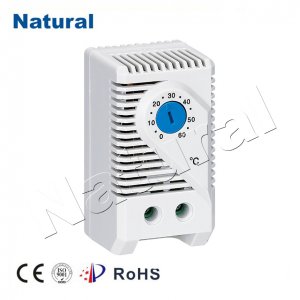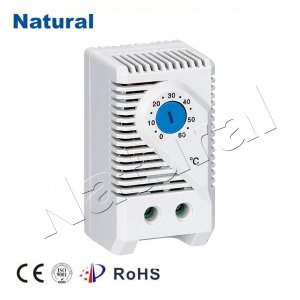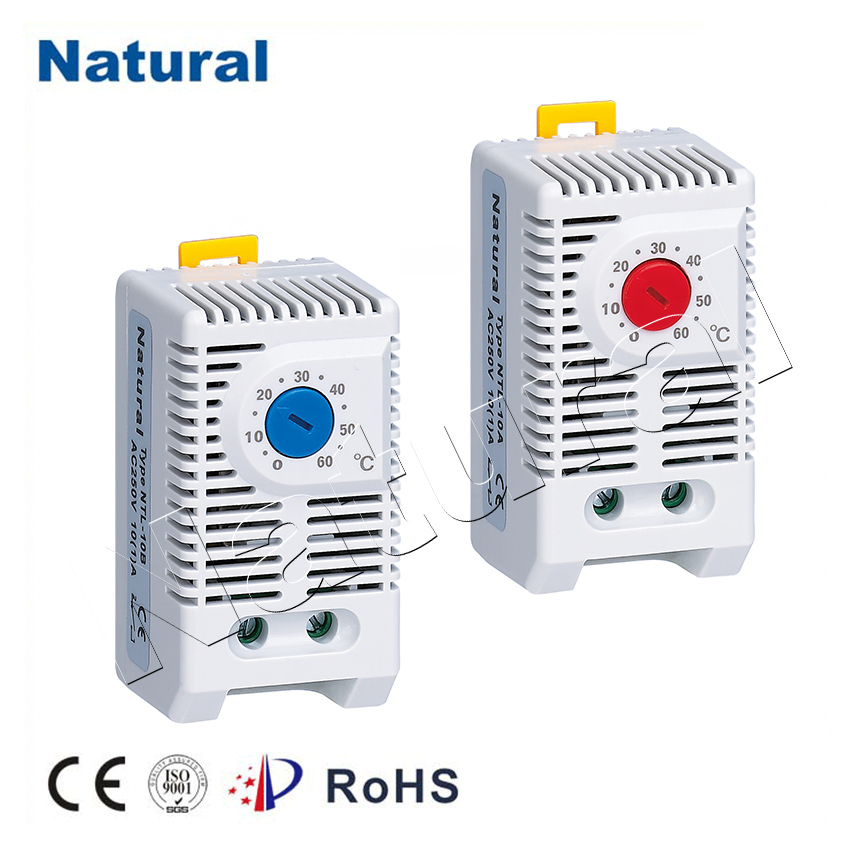An electric cabinet thermostat is an essential device designed to regulate the temperature inside electrical cabinets. These cabinets, often housing sensitive electronic components, are susceptible to temperature fluctuations that can lead to overheating or inefficient operation. By maintaining a consistent and optimal temperature range, electric cabinet thermostats prevent equipment damage, enhance performance, and prolong the lifespan of the systems they protect. This article will explore the importance, working principle, benefits, and applications of electric cabinet thermostats.

Importance of Electric Cabinet Thermostats

Electrical cabinets are critical in housing important equipment like circuit breakers, controllers, and various electronic components. These components are highly sensitive to temperature changes. Excessive heat can cause components to degrade, leading to failures or reduced performance. Conversely, too low a temperature can cause condensation, which might result in short circuits or corrosion. Hence, controlling the temperature within a certain range is paramount to avoid these risks. Electric cabinet thermostats help maintain an optimal operating environment by regulating the temperature inside the cabinet. They prevent overheating by activating cooling systems, such as fans or air conditioners, when the temperature exceeds the set threshold. On the other hand, if the temperature drops too low, they can trigger heating systems to prevent condensation or freezing of sensitive equipment.
